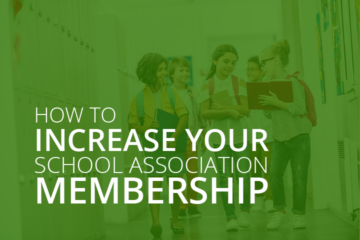Student Loan Basics: Private vs. Government Loans
You’ve been accepted to a university, and now it’s time to plan for your undergraduate degree. Maybe you received a scholarship or you’ve been selected for a government or university grant. But when you tally up the costs, it’s still not enough. It’s time to consider taking out a loan if you’re going to make ends meet. The question is, what kind? Here are the basics to help you determine what kind of loan is best for you.
Types of Loans
When you begin researching the types of student loans available, you will note immediately that they are divided into two basic types: private and government. Beyond that, loans can be given out to either a parent or to the student applying.
Private Loans
Private loans are given by privately owned institutions, such as a bank. Private loans are sometimes aggressively marketed to students on TV, on websites or by banks. These loans tend to have higher interest rates, and some may require repayments begin while you are still in school, according to Federal Student Aid.
A private loan may also require the borrow to have an established credit record and you may need a co-signer in order to be approved for the best deal. Additionally, the interest on private loans is not subsidized.
Federal Student Loans
A federal student loan is one that is provided by the government. There are a number of types of loans the federal government provides students and parents, and some are based on financial need. If you qualify and are interested in receiving financial aid applied for through the federal government, be sure to fill out the FAFSA, the Free Application for Federal Student Aid, by the deadline.
Some loans are subsidized, while others are not, and some target low-income students who demonstrate financial need. The amount a student is allowed to borrow can be determined by the school, though certain loan programs have caps on how much each student can borrow within a certain time frame. Additionally, there are other programs for members of the military. Here is a look some of the loans the federal government offers students. For a closer look, go to Federal Student Aid, an office of the U.S. Department of Education.
- Federal Perkins Loan Program: These loans are low-interest and available to students demonstrating exceptional financial need. The college is the lender, and repayments will be made to the school. However, this program is not available at every institution, so be sure to check with your university. There are no extra fees, but a cap is made upon the amount borrowed. Repayment does not begin until the post-graduate grace period ends.
- Direct Subsidized Loan: Loans given to undergraduate students who demonstrate financial need. The lender is the U.S. Department of Education, and repayments will be made to the federal government. In contrast to an unsubsidized loan, the student is not usually responsible for paying interest during some periods.
- Direct Unsubsidized Loan: Similar to the Direct Subsidized Loan, however, financial need is not a requirement. Additionally, the student is responsible for paying interest during all periods of the loan.
- Direct PLUS Loan: A loan given to the parents of a student. Financial need is not a requirement for this type of aid. Usually, the borrower must have a good credit history. The borrower is also responsible for paying interest for the full course of the loan.
Conclusion
Regardless of which type of loan you choose or are eligible for, borrowing money will cost money. It is important to think about the types of repayment plans for each type of loan, and to talk to an advisor before you decide to take out a loan.
Photo credit: Got Credit/Flickr




